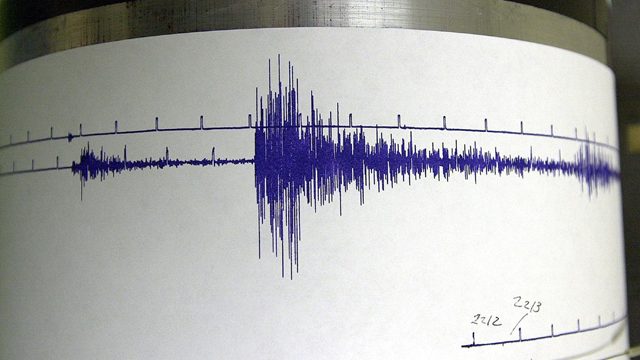Researchers and volunteers from the Road Ecology Center at the University of California, Davis have released a report on the deadliest stretches of road for the state's native species.
The center used 29,000 roadkill incidents documented by volunteers between 2009 and 2014 to create the report.
Researchers in the report call the highway system in the Bay Area a ring of death.
"They are abutted up against open space so animals wander onto the road easily," said Kathryn Harrold of the Road Ecology Center.
Caltrans is now reviewing the report. The agency said it needs funding to improve fencing and add safe crossings for animals.
A project is in the planning stages for Highway 17, one of the many roadkill hot spots identified in the report.
Dan Despera, a Bay Area driver who said he has hit two deer, said any plans Caltrans has to improve highways is a wise investment that can save drivers thousands of dollars.
Local
Harrold adds improvement to the highways, which can include deterrents, can save lives.
"This isn't just fatal for the animals," said. "People are injured and killed as well."
Here are the top five worst wildlife roadkill hotpots in California as ranked by Fraser Shilling, co-director of the Road Ecology Center at the University of California at Davis:
1. Interstate 5, the state's major north-south corridor: Particularly deadly for owls and other birds of prey, for black bears living near Mount Shasta in Northern California, and for all wildlife on the Tejon Pass linking Central and Southern California.
2. State Route 17 between San Jose and Santa Cruz: Deadly for puma, bobcats, deer and other animals.
3. Interstate 280 in the San Francisco Bay Area: Bad for deer.
4. State Route 50 in the Sierra Nevada Mountain area: Lethal for several species.
5. State Route 101 through Northern California redwoods: Lethal to all forms of wildlife.
Worst highway carving up animal habitat: Interstate 80 across the Sierra Nevada.
The Associated Press contributed to this report.



